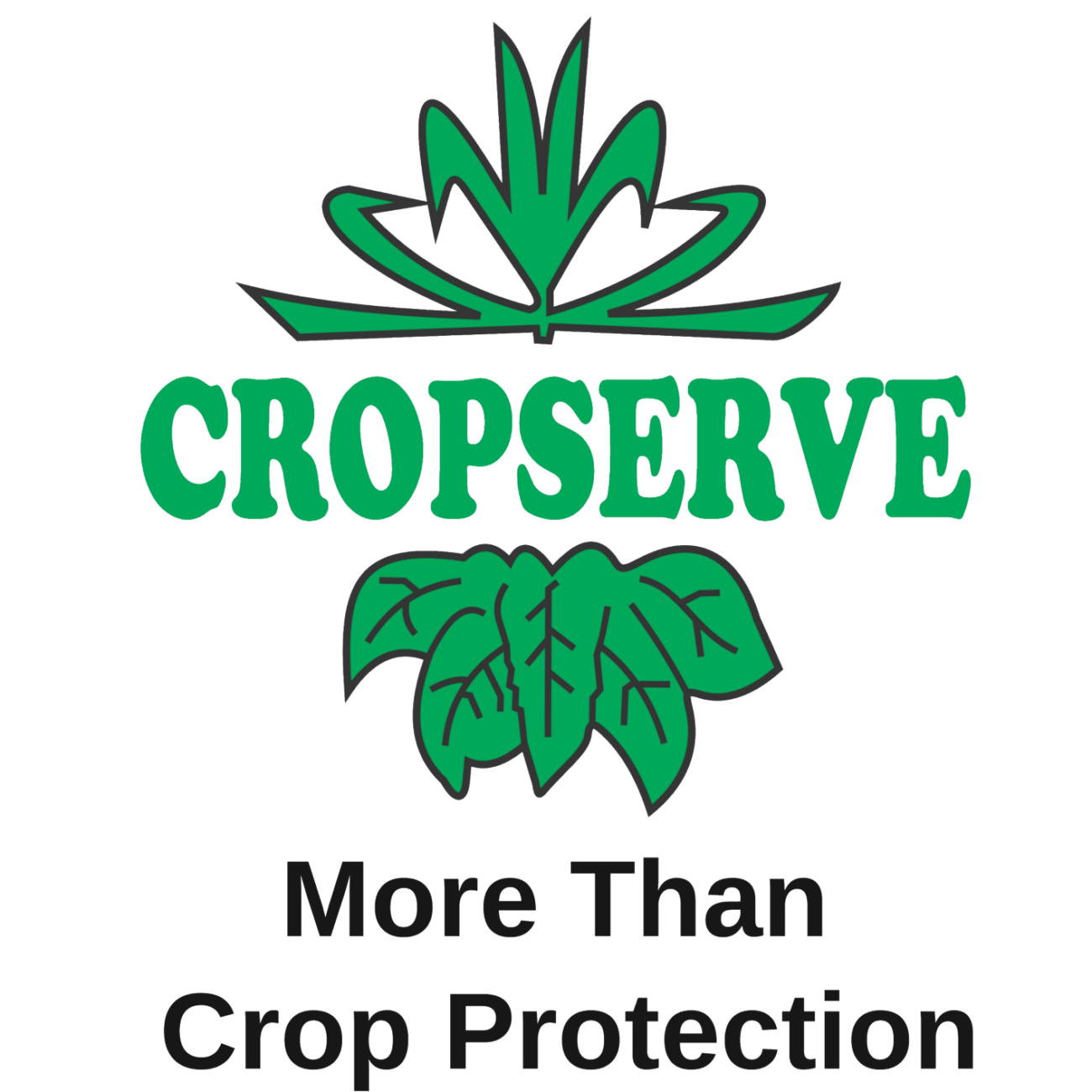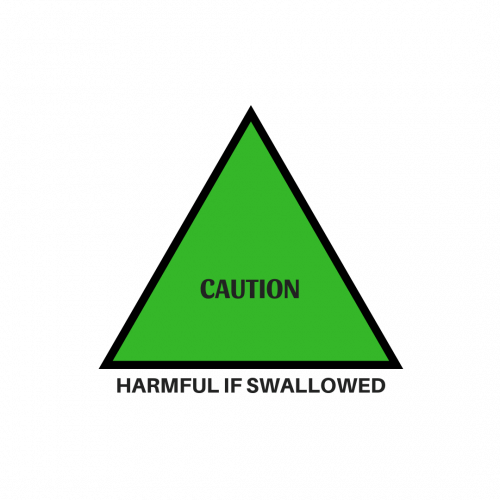Taxonomy: Fungi, division ascomycete. (Septoria lycopersici)
Description: A common disease predominantly in tomatoes in Zimbabwe. Septoria are ascomycete pycnidia-producing fungi that causes a number of leaf spot diseases in field crops and vegetables, particularly tomatoes.
The symptoms include chlorotic (yellow) small to medium sized spots that turn brown and necrotic (tissue death). Plant wilting can also take place in solanaceous plants.
Lifecycle: overwinter in crop residues and spores form when exposed to moisture and warm weather.
Monitoring remarks: Check for early signs on the lower leaves of the crop. Monitor more frequently once the crop canopy has closed, and during periods of persistent rainfall.
Action threshold: Preventative fungicides recommended. Take curative action at early signs of the disease.
Control general remarks: Use higher, more frequent fungicide (excluding Copper products) rates for curative control.
Contact a Cropserve agronomist for more infomation





